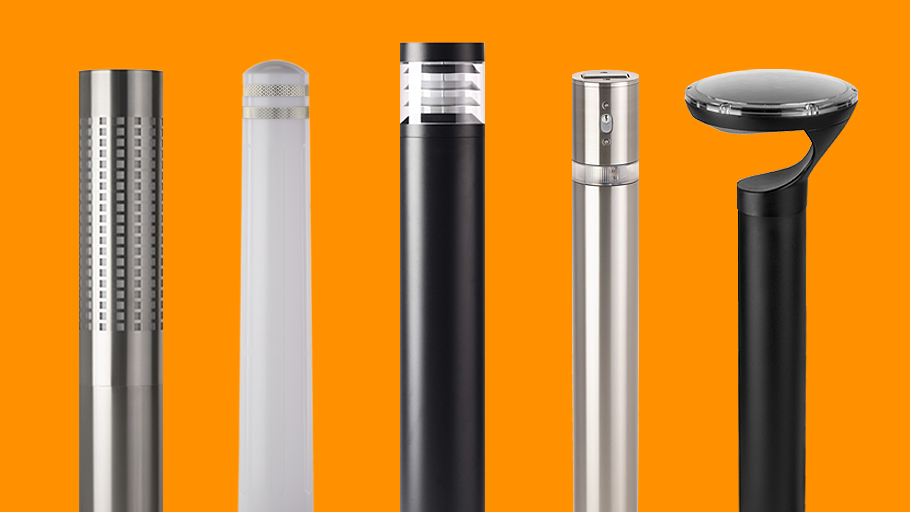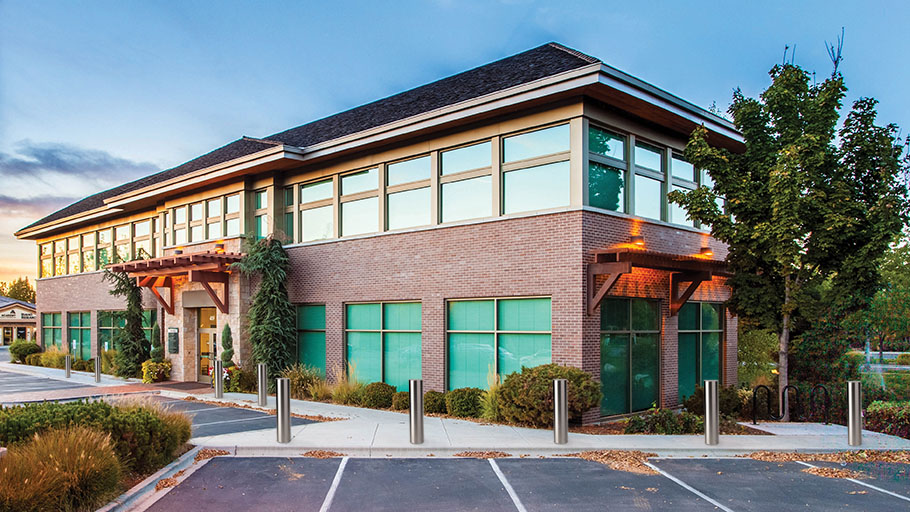Asset protection bollards around freezers, escalators, shelving, and inventory

Bollards are normally considered outdoor site furniture. Their job is to separate traffic from other zones of activity, guiding drivers and protecting pedestrians. Though bollards are common on the street, they are placed around buildings. Entrances often feature a protective line of bollards. These prevent against parking error, accidents, and ram-raid attacks. Bollards also mark the delivery bays in major stores. They guide sixteen-wheelers into docks while preventing scrape damage to the building.
These days, bollards are no longer merely sitting around buildings. They are moving indoors. Indoor bollards provide guidance and protection, just like those outside. They are often placed to guard assets against floor polishers, mobility scooters, and forklifts. Although less damage is done, low-speed machines may damage assets or inventory. Indoor bollards may also provide guidance, caution, or aesthetic functions to designers.
Warehouses and factories
Industrial spaces like warehouses and factories often have many bollards, either bolt down or embedded. These bollards are used to protect parts of the workspace from collisions with forklifts or pallet jacks, or other such industrial machines. The strength of bollard type and mounting type will be chosen based on the speed and weight of the powered trucks in the space. In warehouses and factories, indoor bollards are often chosen in high-visibility colors. Yellow safety blazon on bollards offers visual guidance as well as physical protection.
Browse industrial safety bollards.
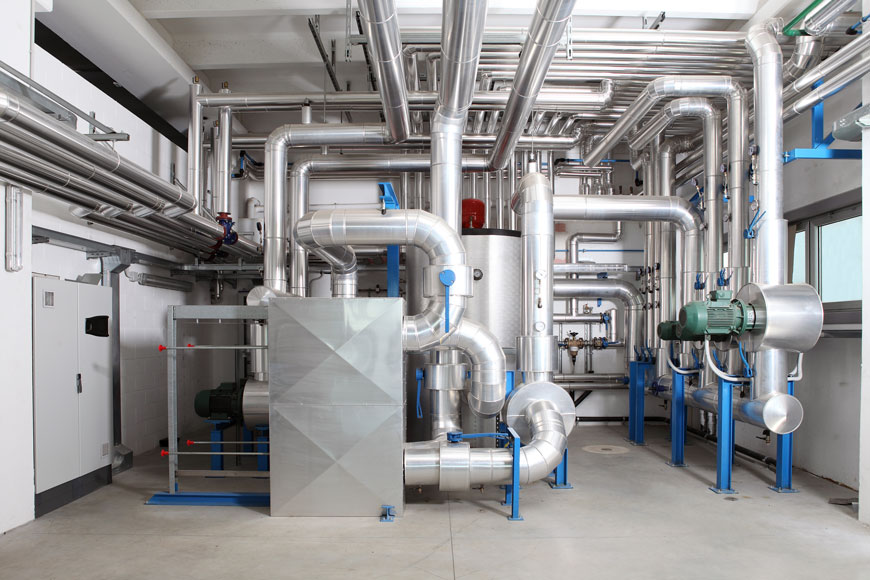
Protecting boilers, electrical panels, and other utilities
Boilers, electrical, furnaces, and other utilities are important to a building’s function. If indoor machines hit them and put them out of service, the whole building can be compromised. Large utilities can also be dangerous to people. Bollards create protected zones for safety of both people and equipment.
Bolt down bollards next to the machines prevent crashes of indoor machines. Indoor bollards can also create the perimeter of an authorized zone. One or two removable bollards in such a perimeter allow access for industrial trucks or equipment pallets, when maintenance or replacement is necessary.
Check out our removable bollard options.
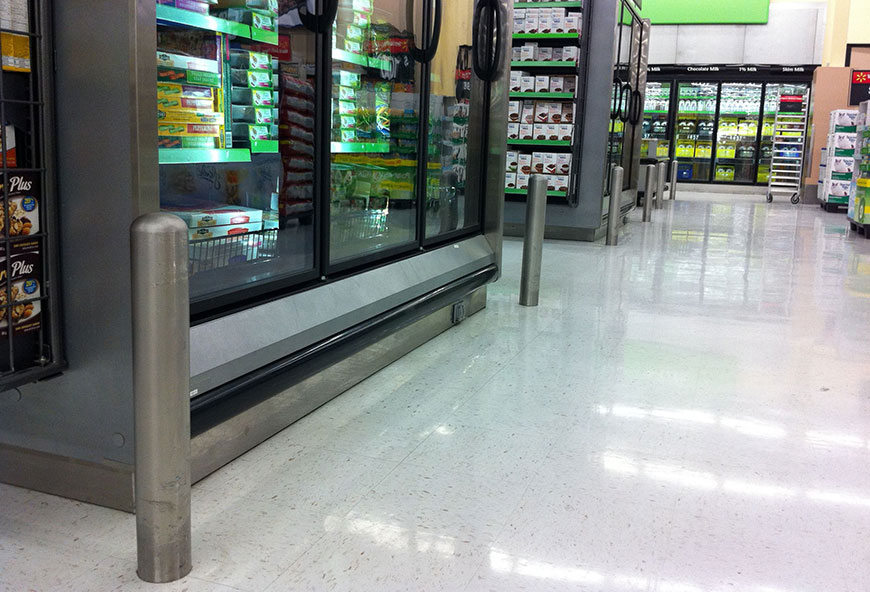
Freezer bollards
Retail and public spaces also can use bollards to protect assets and inventory. In supermarkets, aisle facing freezers can get banged by carts and scooters turning through busy aisles. This sort of wear and tear makes them look shabby. A dented or scratched surface can also invite corrosion, depending on the metal and conditions. Bollards also can help prevent cleaning machinery from getting too close to panels or intakes. Stainless steel asset protection bollards with internal bolt-down mounts are available. These offer easy installation and blend well with stainless steel retail fridge and freezer installments.
See the variety of asset protection bollard options.
Bolt-down bollards around shelves
Small bolt-down bollards can be placed around inventory shelving in retail and industrial spaces. These bollards help prevent loss of inventory due to collision with cleaning machines or carts. They offer very easy installation for low-speed collision prevention. Steel bolt-down bollards are powder coated or finished with IronArmor. Six standard colors are available for smaller orders. Companies making large orders, who want indoor bollards in brand colors, can order custom color finishes.
Choose steel bolt-down bollards for inventory protection.
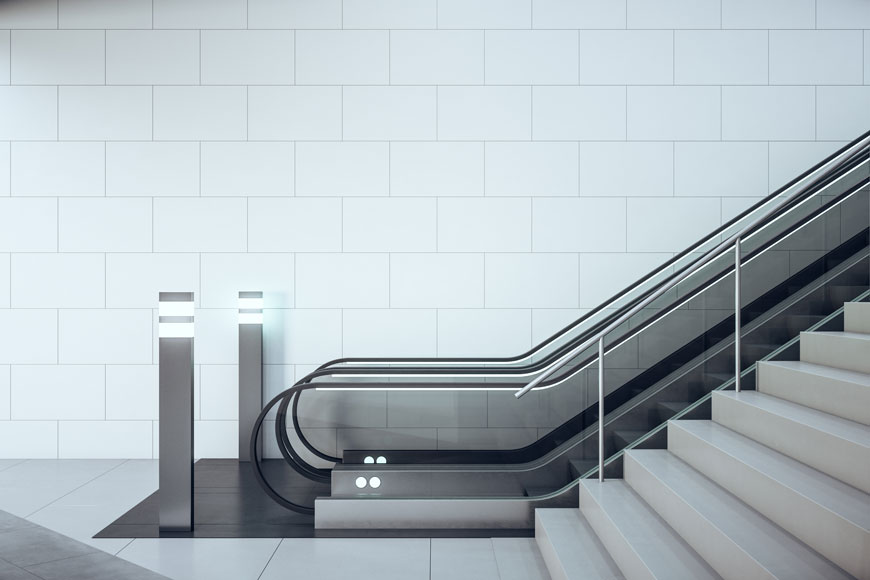
Bollards and escalators
Bollards are becoming more popular near escalators. Bollards to the escalator’s side can offer wayfinding information. They also manage foot traffic flow, preventing people from pushing onto the stairs from the side. Central escalator bollards allow people to pass but prevent access to strollers, shopping carts, or wheeled bags.
Decorative options can be chosen that match the style of the site. The bollard can be an architectural detail rather than presenting a more utilitarian, functional look. Choose from removable or bolt-down options.
See our decorative/architectural bollard line.
Another evolution
Bollards started on the wharf, as mooring posts. In the 1700s, they migrated inland to protect stonework from carriage wheels and protect pedestrians on curb less streets. Over the years since then, these unobtrusive little posts have evolved. Tough flexible bollards, made of polyurethane, are replacing the breakable plastic traffic delimiters that line bike lanes. Lit bollards, both hardwired and solar, offer attractive pathway lighting. Bike bollards provide a stable hitching post for bicycles. Retractable and removable bollards create variable access spaces. So far, most of these functions have been outdoors.
However, bollards are moving inside. As communication devices, they offer guidance without overwhelming signage, like marks along a trail. As architectural pieces, they can be found in stock or custom made in any number of shapes, materials, or styles. Indoor bollards can be high-visibility markers, or subtle artistic pieces, to fit in to any space. However they look, or wherever they’re placed, they’re always there to protect and guide.
Related Articles:

